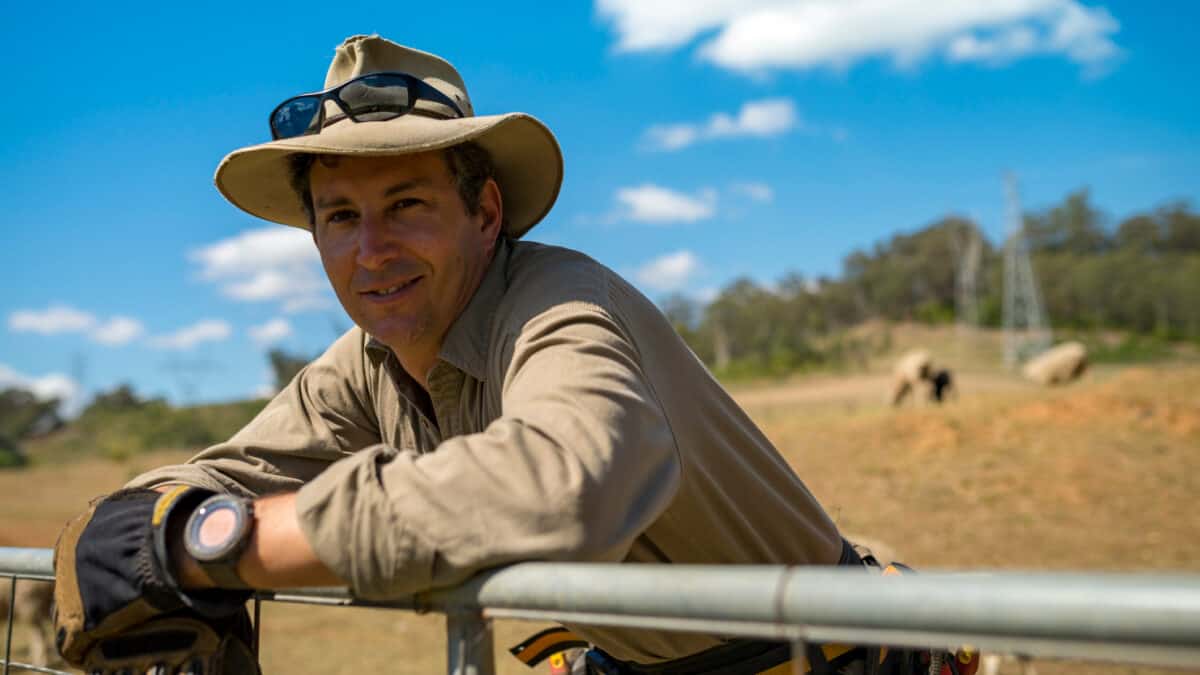The S&P/ASX 300 Index (ASX: XKO) Australian stock Rural Funds Group (ASX: RFF) is down heavily from its former peak. As shown on the chart below, it's down 38% since the start of 2022.
After such a large decline, I think investors can make good returns on this business in the next few years.
The real estate investment trust (REIT) owns a large farming portfolio. It leases agricultural properties to blue-chip tenants in various sectors, including almonds, cattle, macadamias, vineyards, and cropping.
Considering the broader economic picture and the long-term demand for food, I think this Australian stock would make a solid buy today.
Being left behind
It has been a curious period of underperformance in recent times. Over the last 12 months, the Rural Funds share price is up 6%. The ASX 300 is up by 17%, more than double the capital return.
The key driver of the ASX 300 has been ASX bank shares, including Commonwealth Bank of Australia (ASX: CBA), Westpac Banking Corp (ASX: WBC), ANZ Group Holdings Ltd (ASX: ANZ) and National Australia Bank Ltd (ASX: NAB).
The REIT sector is different from banks, but Rural Funds has also been underperforming other REITs that were trading at a discount.
Since 6 August, the Rural Funds share price is down 3.68%, yet over the same time period, the Charter Hall Long WALE REIT (ASX: CLW) share price is up 18.37%, the Centuria Industrial REIT (ASX: CIP) is up 6.19%, and the Centuria Office REIT (ASX: COF) share price is up 2.05%.
When there's that sort of underperformance over a short period of time, I think there could be a contrarian opportunity with Rural Funds shares, particularly once interest rates start coming down in Australia.
Big valuation discount
It's not just the underperformance that makes the Australian stock seem cheap to me.
At 30 June 2024, the business' underlying value, measured by the adjusted net asset value (NAV), was $3.14 per unit. At the current Rural Funds share price, it's trading at a discount of around 37% to that adjusted NAV.
During FY24, independent valuations were arranged for $1.2 billion of assets, representing 69% of the portfolio, resulting in a net valuation uplift of $97.3 million.
Sizeable distribution yield for Australian stock
We can't control the share price, but by being patient for capital growth, we can receive an appealing flow of passive income.
The ASX 300 Australian stock is expecting to pay a distribution per unit of 11.73 cents in FY25, which implies a guided distribution yield of around 6%.
That's a solid starting yield, in my opinion. Long-term net rental growth can help boost the distribution over time.









